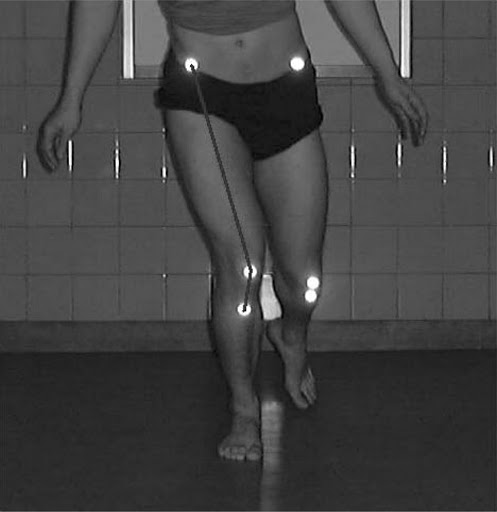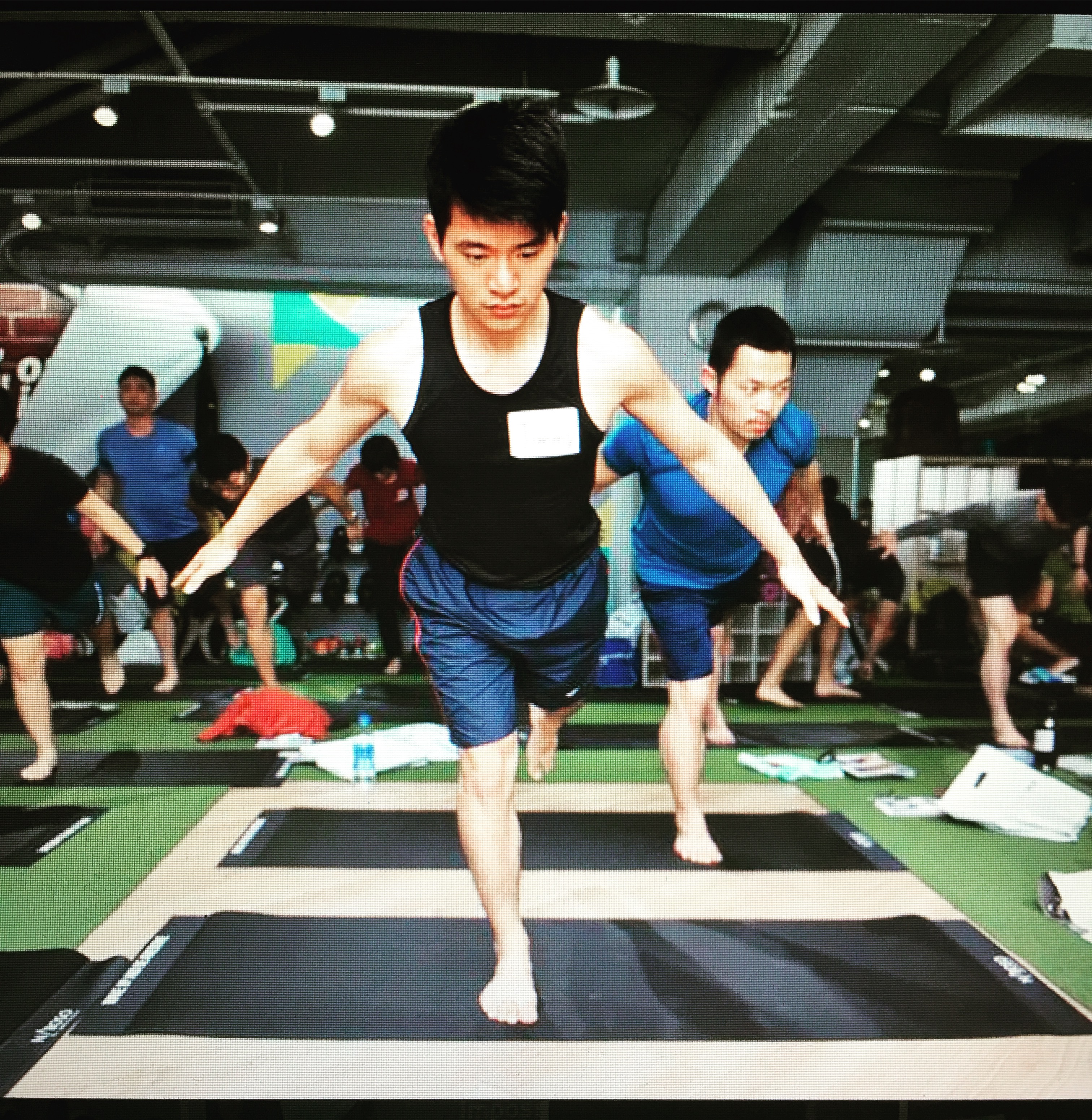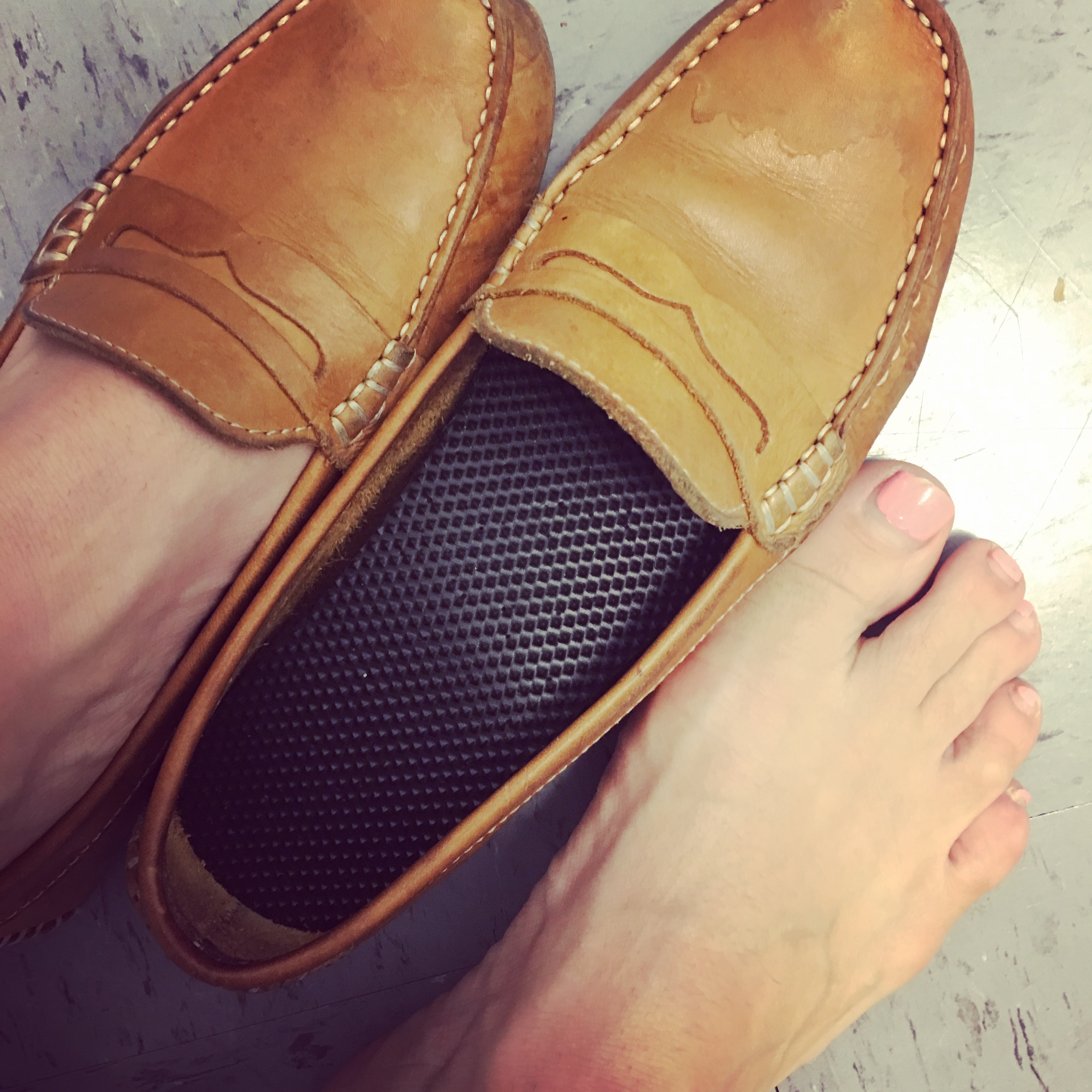
Time To Stabilization & Athlete Injury Risk
 A majority of my podiatry practice is built around treating athletes and chronic athletic injuries. From professional dancers to marathon runners all athletes – regardless of sport or art – require the same thing – rapid stabilization for optimal loading and energy transfer.
A majority of my podiatry practice is built around treating athletes and chronic athletic injuries. From professional dancers to marathon runners all athletes – regardless of sport or art – require the same thing – rapid stabilization for optimal loading and energy transfer.
Why is rapid stabilization so important?
During dynamic movement such as walking, running or jumping the ability to rapidly load and unload impact forces requires a baseline of stabilization. With a rate of impact forces coming in at < 50 ms during walking and < 20 ms during running it is no wonder the rate of stabilization must be fast!
To put this a little bit more in perspective. Our fast twitch muscle fibers don’t reach their peak contraction till about 50 – 70ms. So if impact is coming in at rate < 20 ms during running and your hip / knee / ankle and foot are not already stable before you strike the ground – it is too late! It physiologically is not possible to react to impact and stabilize fast enough.
A client or athlete who is reacting to impact forces will often present with ITB syndrome, runner’s knee, peroneal tendinitis, stress fractures, shin splints – and that’s just naming a few!
Considering Time to Stabilization (TTS)
In my workshops I often say that “we are only as strong as we are stable” or that “stability is the foundation through which strength, force and energy is generated or transferred”.
is the foundation through which strength, force and energy is generated or transferred”.
The precision, accuracy and anticipation of stabilization must be so well programmed into the nervous system that peak stability is happening before contact with the ground. This is referred to pre-activation and is associated with a faster TTS.
The opposite of pre-activation stabilization is reactive stabilization and is how many – if not most – of my patients or people in general are moving. When we think of the rate of neuromuscular coordination even a small delay (think milliseconds) will result in tonic (exaggerated) muscle contractions, micro-instability and inefficient loading responses eventually leading to neuromuscular and connective tissue fatigue and injury.
So how can you improve client and athlete TTS?
1. Pre-activate base to center stabilization pathways aka foot to core sequencing
This is THE basis to EBFA Certifications Barefoot Training Specialist and BarefootRx. With our feet as our base the activation and engagement of our feet to the ground is key to center or core stabilization. Fascially the feet and core are connected through the Deep Front Line and must be integrated and sequenced as part of a proper warm-up or movement prep.
To learn more about foot to core sequencing please view HERE
2. Consider surface science to optimize foot feedback
All surfaces are designed differently with certain surfaces actually blocking and damping  the critical proprioceptive input between foot and ground. When we think of softer surfaces and mats research has shown a direct correlation between softer surfaces and delayed / prolonged loading responses.
the critical proprioceptive input between foot and ground. When we think of softer surfaces and mats research has shown a direct correlation between softer surfaces and delayed / prolonged loading responses.
Harder surfaces. Surfaces that allow the transmission of vibration. And surfaces with textures allow more accurate and precise proprioceptive input. Thus led to the innovation of Naboso Technology by EBFA Founder Dr Emily Splichal
Ideally if Step 1 – pre-activation of our stabilization pathway could be done on a Naboso surface this would be ideal. More information can be found at www.nabosotechnology.com
3. Footwear to allows optimal feedback and foot function
If follow Step 1 & 2 and activate the neuromuscular system barefoot and from the ground up we then want to ensure this carries over as soon as we put on our shoes and begin our sport or activity.
Imagine if you activate the proper neuro pathways but then put your client into a thick cushioned shoe. This essentially shuts off and defeats the purpose of Step 1 & 2. We need  to ensure a proper shoe is worn to allow this carry over into sport. So think flexible, minimal cushioning. possible textured insoles (check out Naboso Insoles launching Spring 2017)
to ensure a proper shoe is worn to allow this carry over into sport. So think flexible, minimal cushioning. possible textured insoles (check out Naboso Insoles launching Spring 2017)
Additional ways to begin to train pre-activation training and shortening the TTS is covered in our EBFA Certifications. From the ground up landing techniques, foot to core sequencing, single leg decelerations + more are critical to injury prevention and optimal performance.
To learn more about EBFAs Certifications and workshops coming up near you please visit www.ebfafitness.com Our workshops can be found in over 30 countries and taught in over 12 languages.
Isn’t it time for your clients and athletes to become BAREFOOT STRONG!
